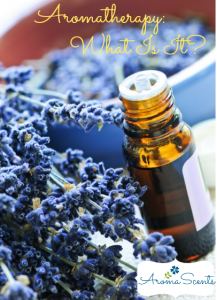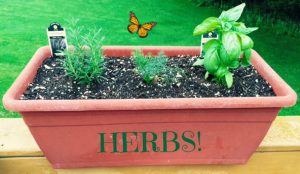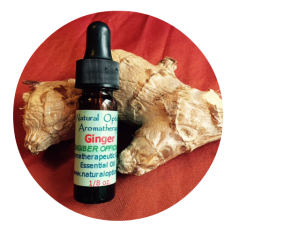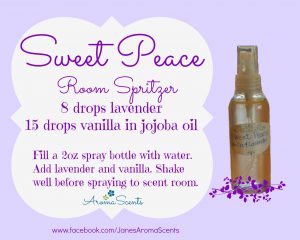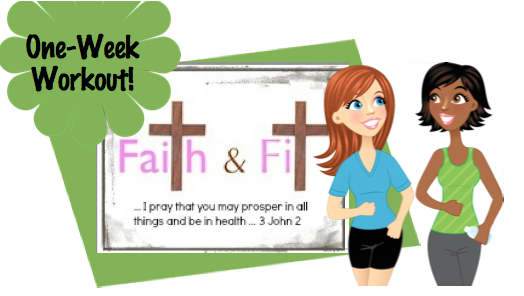

We are so glad you have joined us for Week 6, Lesson 2 Make Three Meals of our journey to greater spiritual and physical health! Listed below is your Faith & Fit work for today. Please click on the links or the play buttons to access each resource! Remember to leave a comment about your experience at the Speak Your Mind section at the bottom of the page. In Christ, we can grow stronger. Let’s do it!
Everyday Faith Teaching Video:

Everyday Faith Bible Study
Please click on the link below to access Week6, Lesson 2.
Week 6, Lesson2 Bible Study

Everyday Fit Physical Challenge:
Week 6, Lesson 2
We are focusing on a simple exercise that almost everyone can do: walking. You can choose to walk indoors or outdoors. Weather permitting, my preference is to be outdoors enjoying the fresh air and sunshine (get that Vitamin D!). We will also give you options to supplement with some other types of exercise in Extra Fit for those who would like to.
For those of you who prefer to walk indoors, you can use a treadmill, or I would recommend Leslie Sansone’s Walking DVDs. Her DVDs are available for purchase in stores like Target and Walmart, on her website, for live streaming on Walk TV , and some for free on YouTube and on her site when you sign up (free) for her Walk Social Club.
One fun way to track your walking is to use a pedometer and aim for a certain number of steps per day. The American Heart Association recommends 10,000 steps each day. We will work up to that. Ten thousand steps is approximately 5 miles, but that is based on an average stride being 2.5 feet. Your total may differ from that based on the length of your stride.
Pedometers can be found in just about any sports or discount store and range in price from about $10 to $125 for more elaborate ones with additional features. I use a Fitbit to track my steps each day. It also tracts flights of stairs climbed, calories burned, miles walked, hours slept, and the time. It also allows me to set a silent, vibrating alarm. It syncs with an website, which includes many more features.
Basic Walking Guidelines
Begin your walk with a warm up. This basically means start walking slowly for a few minutes, giving your body time to warm up. Save any stretching for the end of your walk, as you should not stretch cold muscles. If you have body parts that are very tense and need to be stretched before your main walk, do your warm-up first and then stretch them. You should also still follow your walk with a stretch at the end.
The Walking Site has some wonderful stretches for walkers, and here is a link to their stretching page.
As you are walking, walk tall, pull in your stomach and tighten your bottom.
When you have finished your exercise for the day, be sure to let the Faith and Fit group know by posting on our Facebook page. Great job!
Beginner Level Exercise:
For Day 13, we are going to set the goal of walking 2 miles or the rough equivalent of 4000 steps. If you wear a pedometer all day long, this is in addition to the total that is already showing on your pedometer. So, when it is time to log your walk, check your pedometer and note how many steps/miles you have already walked that day. Add 4000 steps or 2 miles to that total and begin walking. When you get to that total you may stop. If you are fairly fit and would rather choose the goal of two miles, then aim for 4000 steps on your pedometer or another 2 miles on the total. How have you done with your walking/exercising? If you have time, please go to our Facebook page and let us know what you have accomplished.
Let’s change things up this week by adding weights to our walk.
You can do this a few different ways:
- Purchase wrist weights that slip over your hands like bracelets.
- Purchase small weights that you just hold in your hand.
- Purchase weight gloves.
You can simply carry these weights while you are walking, or you can engage your muscles more by actually doing some presses or curls. See this one minute video to give you a few ideas for your next walk.
Experienced Level: Today make it your goal to walk for 60 minutes. Walk at a pace you are comfortable with and that your are able to carry on a conversation. By the end of your walk you should be sweaty and tired but not exhausted. As always, check with your doctor before beginning any physical workout to be sure you are up for the challenge!
For an extra challenge try jogging today! If you have never jogged before set your goal for walk a half mile jog for a half mile. If you are an experienced jogger run your usual route and up it by a half mile! you can do it!
Lower Body Focus Day Six with Coach Dan!Let’s do it!
Rainy Day? Too hot? No worries! click on the link below for a great indoor workout with Leslie Sansone!

Five Fast Miles!

Everyday Fit Food Challenge:
Make Three Meals
Today I’d like to share this link to a two-week menu plan from Clean Eating Magazine. It’s one of my favorite food magazines, and you can buy it at the grocery store, book store, or Whole Foods. This menu plan will take you through our last two weeks with its wonderful meals all planned out for you. Take a look — you’re sure to see something you want to try. Keep up the good work, and let us know if you try any of these recipes.

Extra Faith:
Need a little extra spiritual challenge added to your day? Take advantage of the following resources!
Today I’d like to share a link I found for a free e-booklet from Stormie Omartian called The Seven-Day Prayer Warrior Experience. I’ve recently downloaded it myself, so I haven’t read it yet, but I’ve read several of her other prayer books and have loved them. I hope this encourages you in your prayer life and interceding for others!

Extra Fit
Need an extra challenge? Get your abs in shape with Team Beachbody Coach and Founder of Team Let’s Go Fitness at Dan Vukmirovich. Dan’s videos are short, effective and productive! Let’s go!
Remember, we can do all things through Christ who strengthens us (Philippians 4:13). Keep up the good work and let us know about your progress on our Facebook page.

